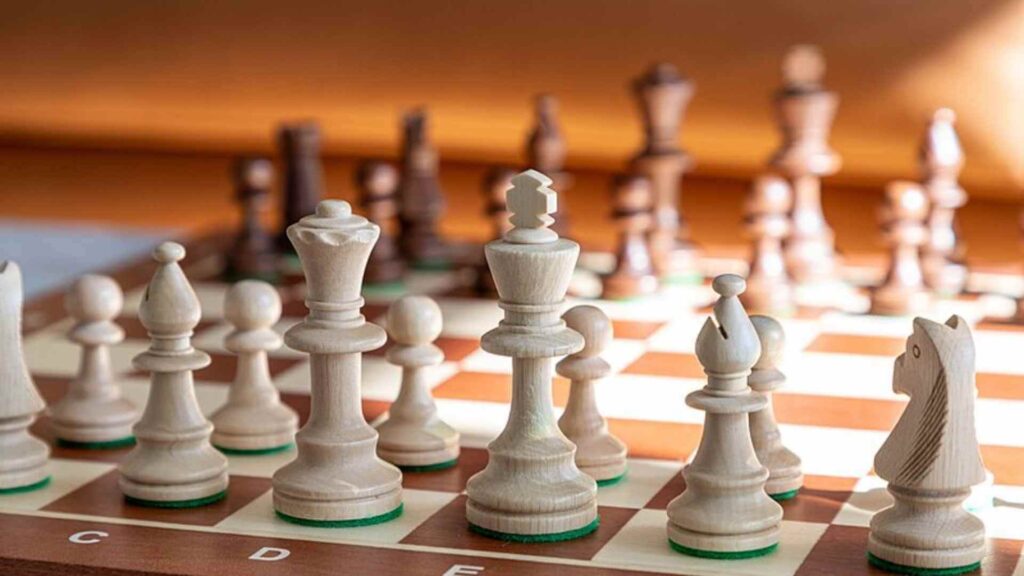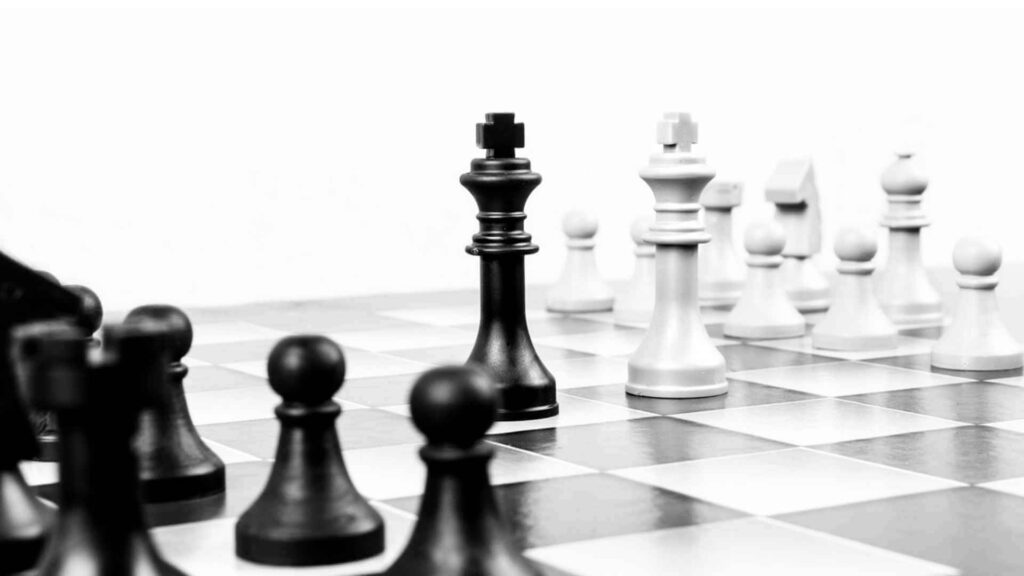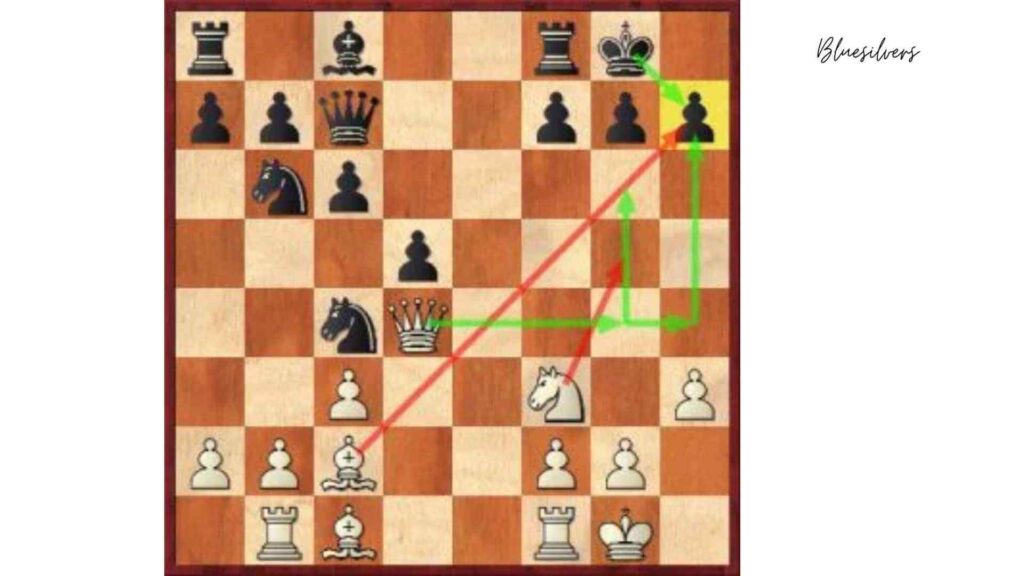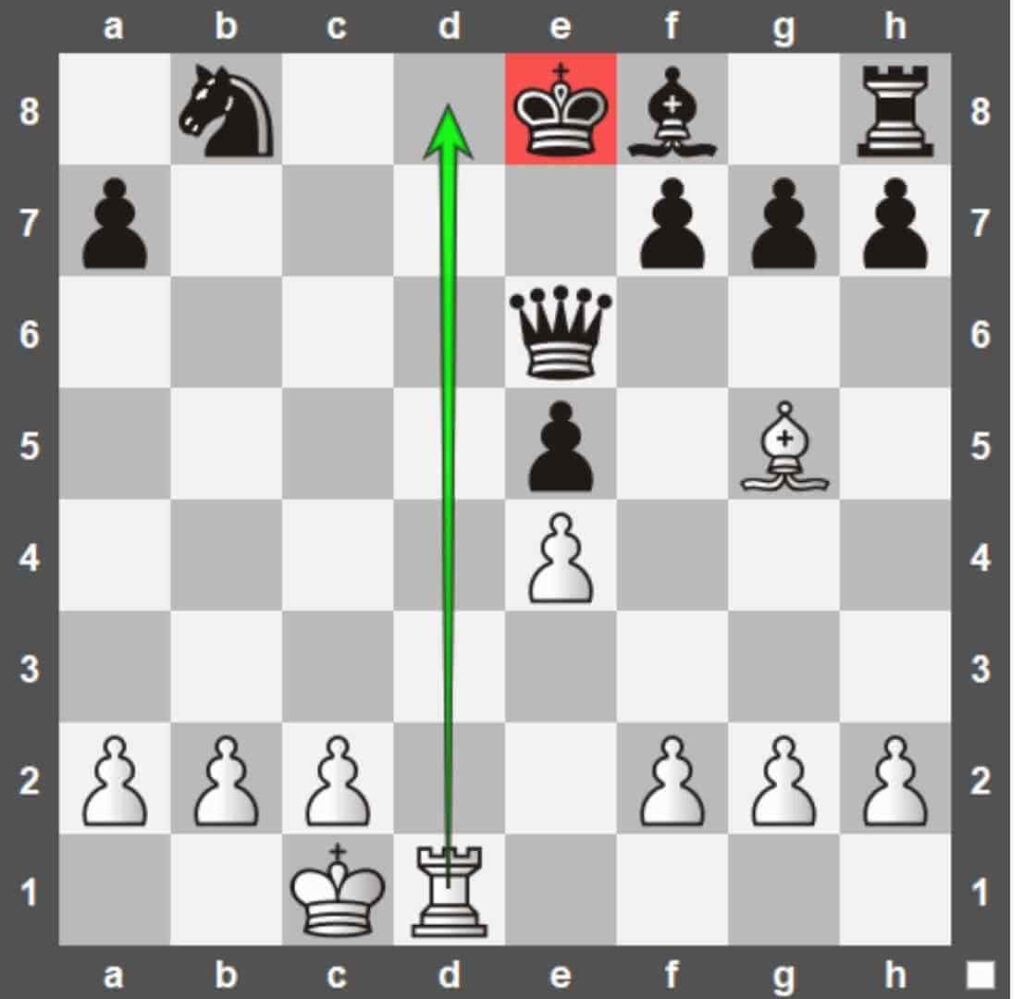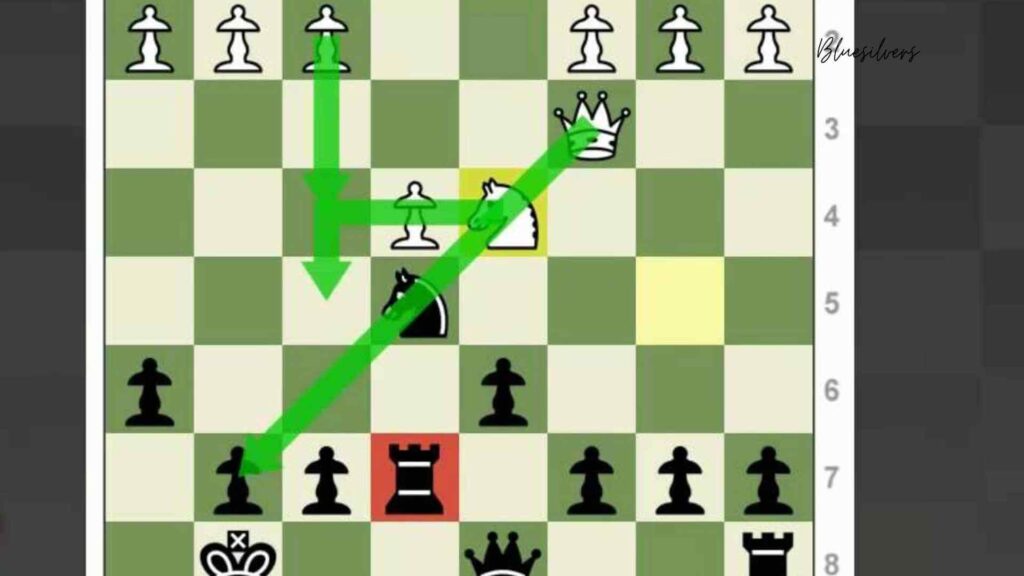Introduction to Chess Basic Strategies for Beginners
Chess is a strategic game that requires foresight, planning, and the ability to anticipate your opponent’s moves. As a beginner, it’s important to understand some basic strategies that can help improve your gameplay and give you a strong foundation as you progress. Here are some key strategies that will benefit any beginner.
1. Control the Center
The center of the chessboard (the squares d4, d5, e4, and e5) is the most important part of the board. By controlling the center, you gain more space to maneuver your pieces, especially your pawns and knights, and limit your opponent’s movements. Early in the game, try to place your pawns and pieces in the center to establish dominance. For example, move your pawns to e4 and d4 (or e5 and d5 for Black), and develop your knights to c3 and f3 (or c6 and f6 for Black) to support these central pawns.
2. Develop Your Pieces
In the opening phase of the game, it’s crucial to develop your pieces. This means moving your knights and bishops to active squares where they can exert influence on the board. Avoid moving the same piece multiple times in the opening unless necessary, as this wastes time and delays your development. Instead, focus on getting your knights and bishops out, while keeping your king safe by preparing to castle. Don’t bring your queen out too early as it can become a target for your opponent’s pieces.
3. Don’t Move the Same Piece Multiple Times Early On
While it’s tempting to move a piece again if it seems advantageous, it’s generally a bad idea to waste time by repeatedly moving the same piece early in the game. This prevents you from developing other pieces and falling behind in the race for piece mobility. Aim to move each piece once, developing your board presence efficiently, rather than trying to make flashy moves.
4. Castle Early
Castling is a key part of chess because it secures your king and connects your rooks. Most games see players castle early to ensure their king’s safety. It’s important to do this before the center opens up too much, as an exposed king can become a prime target. Castling also brings your rook into the game, which is critical for the midgame. For beginners, castling kingside is often the safest and most common option.
5. Keep Your Pieces Safe
As you develop your pieces, always think about their safety. Don’t leave your pieces unprotected or vulnerable to attacks. Keep an eye on the board for potential threats to your pieces and use your pawns to create a solid structure around your pieces. Avoid making moves that expose important pieces, especially early in the game when both sides are still developing.
6. Know the Value of Your Pieces
Each chess piece has a value that helps you understand how to make exchanges. The relative values of the pieces are as follows:
- Pawn = 1 point
- Knight = 3 points
- Bishop = 3 points
- Rook = 5 points
- Queen = 9 points
- King = invaluable (but note that losing the king results in a checkmate)
Knowing the value of your pieces helps you make better decisions during exchanges. For example, trading a queen for a rook and a bishop may be advantageous depending on the position. Be mindful, though, that the value of pieces can change depending on their activity and position on the board.
7. Avoid Early Queen Moves
Bringing your queen out early in the game can leave it vulnerable to attacks by your opponent’s pieces, causing you to waste time moving it again. It is better to focus on developing your minor pieces (knights and bishops) and then bring your queen out when the board has opened up more, and it can be better protected and more effective.
8. Use Pawns Wisely
Pawns are the least powerful pieces in terms of mobility and range, but they are crucial for controlling space and supporting your more valuable pieces. Don’t push too many pawns in the early game without thinking about their position. Overextending pawns can create weaknesses in your position that your opponent can exploit. Remember, pawns also have the potential to promote to a queen if they reach the opponent’s back rank, so managing your pawns carefully can give you a significant advantage.
9. Think Ahead and Look for Tactical Patterns
Even as a beginner, you should develop the habit of thinking a few moves ahead. Look for simple tactical patterns such as forks, pins, skewers, and discovered attacks. For example, a fork is when a piece attacks two or more of your opponent’s pieces at once, forcing them to lose material. Recognizing and using these patterns will give you an edge over players who only focus on their immediate moves.
10. Endgame Awareness
It’s never too early to start thinking about the endgame. The principles of endgame strategy—such as having an active king, using pawns to promote, and creating passed pawns—are all important to understand as you advance. For beginners, it’s good practice to ensure you have a plan for converting a material advantage into a win during the endgame.
Conclusion
Mastering the basic strategies of chess is the first step to becoming a strong player. Focus on controlling the center, developing your pieces, and keeping your king safe while being mindful of your pieces’ safety. By practicing these strategies and learning to think ahead, you’ll develop the skills needed to improve your game. Remember, chess is a game of patience, and consistent practice will lead to mastery.
